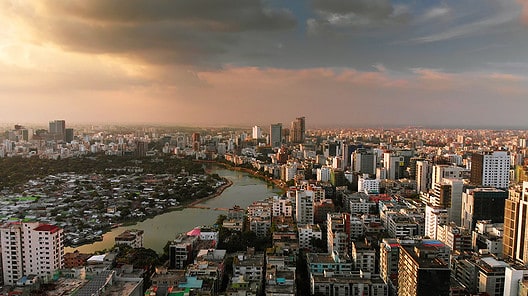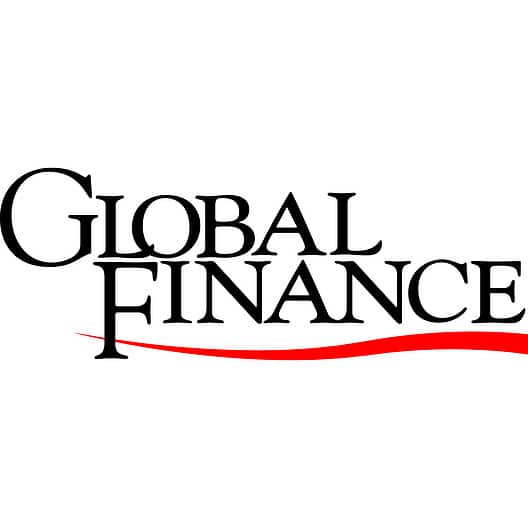Includes historical data for Bangladesh’s Gross Domestic Product growth, debt-to-GDP ratio and more, as well as information on trade, banking and financial sector leadership.
Rising Prosperity But Challenges Remain
Bangladesh’s economic landscape showcases a mix of strengths and challenges. This nation of about 170 million has achieved remarkable progress, transitioning from one of the world’s poorest countries at its inception in 1971 to lower-middle-income status in 2015. Key advantages include favorable demographics, robust garment exports, significant remittance inflows, and progress in financial inclusion facilitated by microfinance and mobile services.
However, challenges ranging from bureaucratic hurdles and corruption to poor infrastructure and climate vulnerabilities continue to hinder foreign investment and undermine the government’s efforts to achieve upper middle-income status by 2031.
Macroeconomy & Sovereign Data
| Type of Government | Parliamentary republic |
|---|---|
| Capital | Dhaku |
| Sovereign Ratings |
S&P: BB– Moody’s: B1 Fitch: BB– |
| Total Population | 172 million |
| Median Age | 27.1 |
| Adult Per Capita Income (PPP) | USD 10,152.91 |
| Total GDP (2023) | USD 455 billion |
Bangladesh GDP & Economic Overview
Most Recent Content
Bangladesh
Banking & Finance
Trade & Investment
| Total Exports | USD 93.9 billion (2022) |
|---|---|
| Leading Exports |
Refined Petroleum Cotton Natural Gas Scrap Iron Wheat |
| Total Imports | USD 58.9 billion (2022) |
| Leading Imports |
Clothing Knitwear Leather Footwear |
| Source: | World Integrated Trade Solution |
Bangladesh Leading Companies
| Sonali Bank | Financials |
|---|---|
| Janata Bank Limited | Financials |
| Square Pharmaceuticals | Healthcare |
| Petrobangla | Energy, Exploration & Production |
| AtaHolding | Conglomerates, Construction & Engineering, Telecommunications |
| Bangladesh Steel Corporation | Materials |
| Walton Hi-Tech Industries | Consumer Electronics & Appliances |
| Grameenphone Bangladesh | Telecommunication Services |
Major Trade Partners — Import
| United States | 19.4% |
|---|---|
| Germany | 14.7% |
| United Kingdom | 11.0% |
| Spain | 5.8% |
| France | 5.5% |
Major Trade Partners — Export
| China | 21.5% |
|---|---|
| India | 12.2% |
| Singapore | 9.2% |
| Hong Kong | 5.5% |
| Indonesia | 4.6% |
Global Finance Rankings & Awards
Data Sources:
UN World Population Prospects
World Inequality Report
S&P Global Ratings
Moody’s
Fitch Ratings
IMF Direction of Trade Statistics (DOTS)
UN Conference on Trade and Development (UNCTAD)
CIA The World Factbook
World Bank’s World Integrated Trade Solution
Forbes Global 2000







